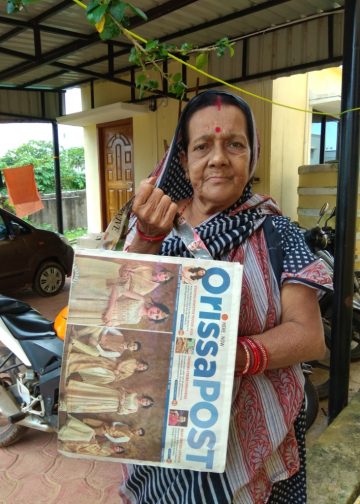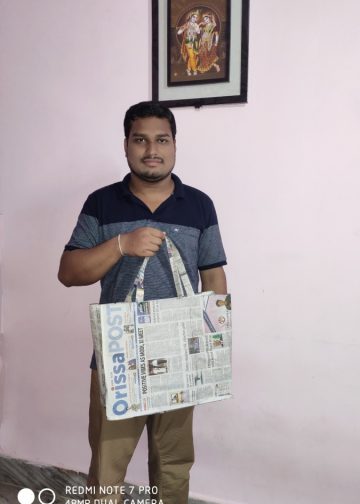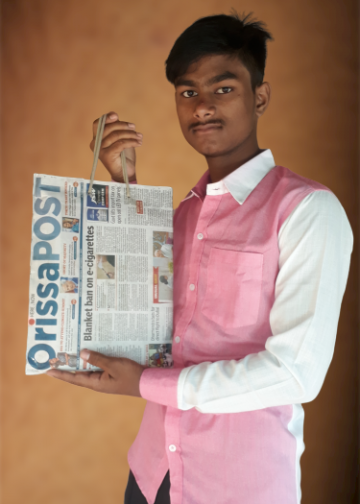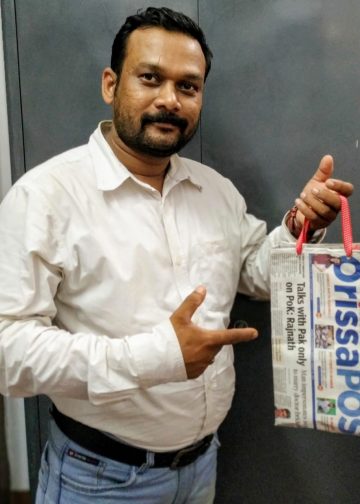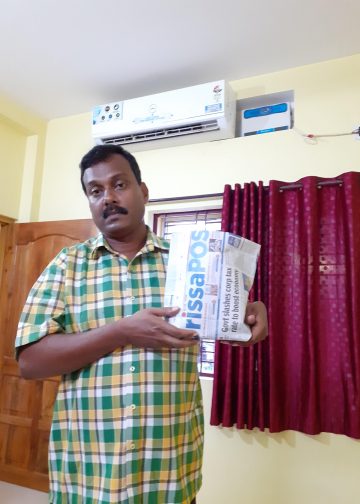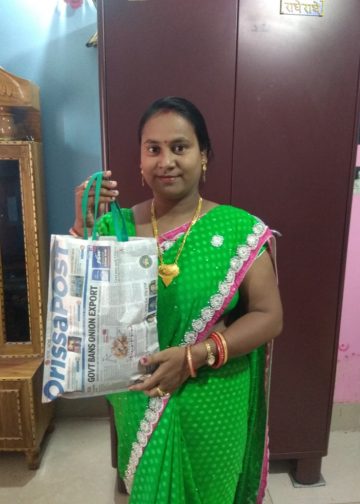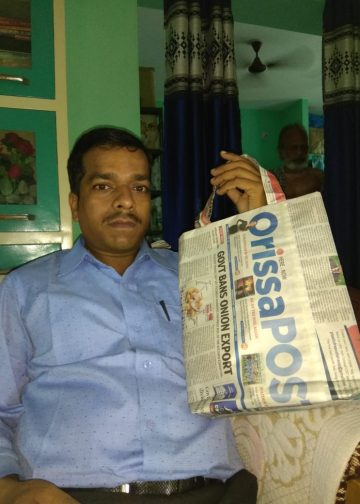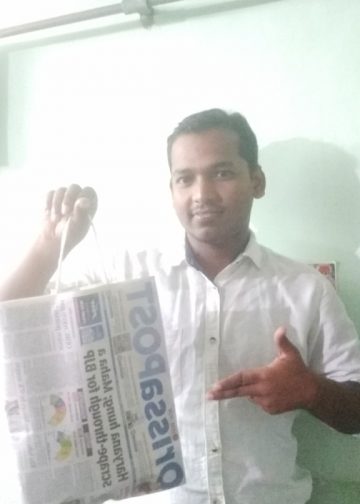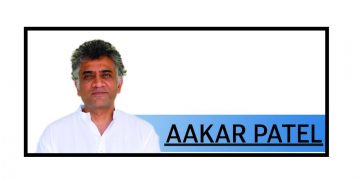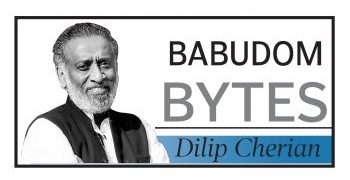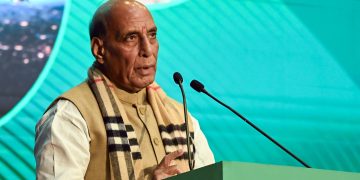New Delhi:In 1930, while en route to the UK to pursue a physics scholarship, a teenage Indian student solved a cosmic conundrum that had baffled the world’s leading physicists. Armed with only pen and paper, he tackled a problem that had even puzzled one of the foremost scientists of the time, with a prominent astronomer’s attempts only adding to the complexity.
The issue was of the life — and death — of stars, and led to the development of the concept of black holes, long before their existence was confirmed by observation. Subrahmanyan Chandrasekhar, who would go on to become a prominent theoretical physicist and a Nobel Laureate, was among those involved in determining the fate of the celestial bodies across the universe — when their internal reactions come to a halt.
The issue arose when Albert Einstein formulated his Theory of General Relativity, his geometric construct of the fundamental force of gravitation, refining Isaac Newton’s laws of gravity. However, he was not able to reconcile the field equations with the theory’s mathematical implications. Reading his published papers in 1915 in a trench on the Eastern Front amid World War 1, astronomer Karl Schwarzchild sought to help his colleague — ending with the unsettling idea that the universe did not run in a clockwork fashion, as long believed, but more severely with stars and planets warping spacetime. There could also be some stars, tiny but massively dense, he contended, that could warp the spacetime fabric to such an extent of generating a strong gravitational pull that could even prevent light from escaping.
Schwarzchild’s theory, which postulated the theoretical possibility of a “singularity”, a point of all-powerful spacetime due to a minute but hugely dense mass, languished for years as it seemed too outlandish for the scientists of the time.
Chandrasekhar (1910-95), born on this day (October 19) in Lahore, would go on to solve the issue, though established scientists — including some he looked up to — disputed and scorned his theory, but he would be finally vindicated. In the process, he would not achieve fame in this world only, but his name would go on to be associated with happenings spanning the sub-atomic world to the infinite cosmic expanse.
On his ship voyage in July 1930, Chandrasekhar had no interest in the majestic oceans but chose to dwell on the question of a star’s fate. This did not entail the observation of the heavens, but going deep into the equations of Einstein and Schwarzchild, amid the current knowledge about white dwarfs – the extinguished but dense remnants of long-dead stars.
Beginning with their physical characteristics, he began to try to work out the eventual fate of different-sized stars after their collapse. While the Sun would collapse and turn into a white dwarf, things changed dramatically when it came to bigger stars. His calculations suggested that during their collapse, the immense gravitational force would lead to their atoms falling inwards at velocities nearing the speed of light, crushing each other irredeemably to the extent that matter would vanish into its own gravitational well!
This, Chandrasekhar held, would be the fate of any star whose mass was 1.44 times that of the Sun.
He published his model in 1930, and presented a full solution at the Royal Astronomical Society meeting in 1935. However, renowned English astronomer Arthur Eddington openly criticised and mocked Chandrasekhar’s models, including just after his Royal Astronomical Society speech. Years later, Chandrasekhar, who always respected his senior colleague despite their academic acrimony, confessed that Eddington felt “that nature must conform to what he thought was right.”
Chandrasekhar’s theory eventually gained acceptance, leading to the Nobel Prize in Physics in 1983, “for his theoretical studies of the physical processes of importance to the structure and evolution of the stars.”
He was not only among the handful of Indian or Indian-origin Nobel Laureates, but also the relative of an earlier winner. Sir C. V. Raman, who won the Physics Nobel in 1930, was his paternal uncle. While there are seven cases of father and son Nobel Laureates and one mother and daughter, Sir C. V. and Chandrasekhar are the only uncle-nephew pair.
Chandrasekhar recited Rabindranath Tagore’s famous poem, “Where the mind is without fear and the head is held high,” at the Nobel Banquet, honoring India’s first Nobel Laureate.
His legacy also endures in the concept of star stability, which provided key evidence for the existence of black holes and is known as the “Chandrasekhar Limit.” His contributions span multiple areas of physics, including Chandrasekhar Friction, Chandrasekhar Polarisation, the Chandrasekhar H-function, Velikhov–Chandrasekhar instability, Chandrasekhar–Fermi method, Chandrasekhar Tensor, Chandrasekhar’s X- and Y-function, Chandrasekhar’s Variational Principle, among others.
Additionally, NASA named the third of its four space-based “Great Observatories” after him, and it continues to explore the universe today.
PNN & Agencies







